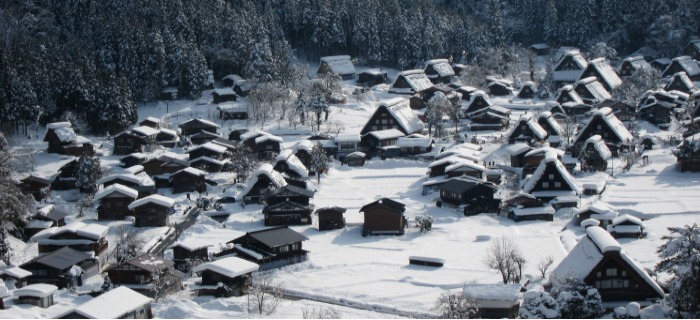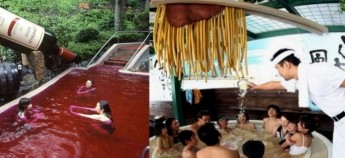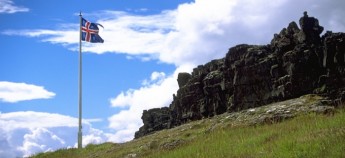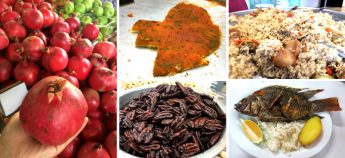At Gifu, gone are neon signs and crowded walkways, all that remain are olive-green countryside and wooden houses that seem to have popped out straight from a fairytale.
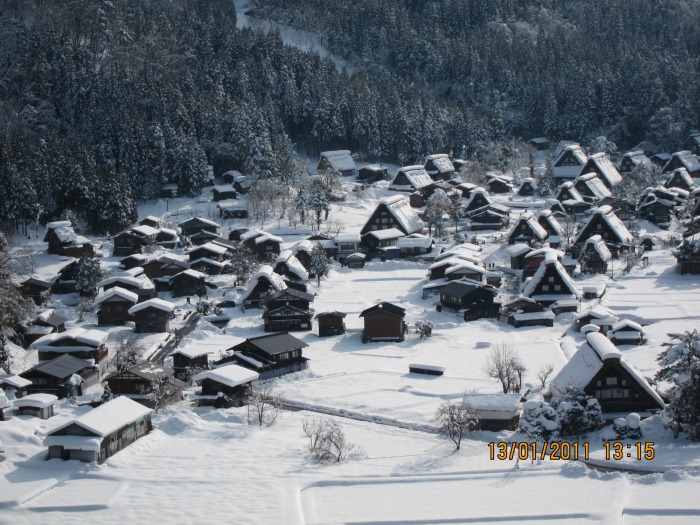
Gifu is the tranquil face of Japan seldom seen by casual travelers.
GIFU – A Living Gallery of Japan’s Culture and Tradition
Postcard perfect Gifu is famous for its natural beauty and Gassho-Zukuri farmhouse
Quiet, laidback, with a distinct lack of high-rise buildings blocking the skyline, Gifu is the tranquil face of Japan seldom seen by casual travelers. At Gifu, gone are neon signs and crowded walkways, all that remain are olive-green countryside and wooden houses that seem to have popped out straight from a fairytale.
Located in Central Japan, Gifu is a prefecture made up of two regions, the northern Hida region and the southern Mino region.The former is dotted with mountains and forests that collectively cover 80 percent of the land, while the latter is an important transport and distribution point for Japan. Due to the abundance of nature, the air and water of Gifu are exceptionally clean and free from pollution.
The best time to experience Gifu is during winter, where all the forests, plains, crop fields and houses are coated by drizzling white snow, forming a beautiful picture that literally is beyond the description of words!
Shirakawa-Go, the UNESCO World Heritage Site
Within Gifu lies the scenic Shirakawa-go region, a UNESCO World Heritage Site famous for its mountain ranges, quiet rivers and the Gassho-Zukuri farmhouses, some of which are 300 – 400 years old! During winter, the serene ambience of the village here is amplified by the elegance of freefalling snowflakes… forming the perfect setting for one to sit back, relax, and stare in amazement at a great and wonderful show courtesy of Mother Nature.
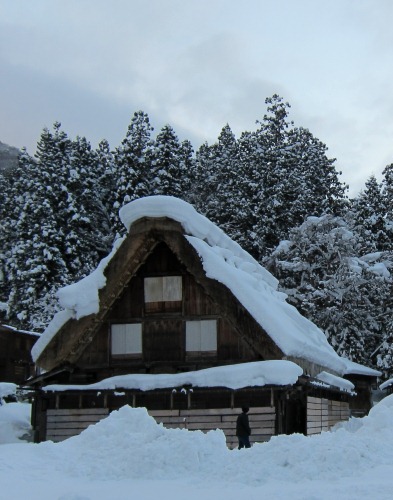
Gassho-Zukuri.
Gassho-Zukuri?
In Japanese, Gassho-Zukuri literally means “constructed like hands in prayer”(ie. in an upside down V shape).Most of these roofs are filled with straws, and the entrance of a Gassho-Zukuri farmhouse is normally pointed directly towards the north or the south to minimize the impact of the local wind direction. Amazingly, the unique design of the Gassho-Zukuri roof allows farmhouses to stay cool in summer, and warm in winter.
Apple Vacations will bring you to
‧ Gassho-Zukuri farmhouses,
‧ House of Wada-ke,
‧ natural sceneries,
‧ Staying at Gassho-Zukuri Farmhouse for unique cultural experience
Magnificent Snow Corridor
The Tateyama Kurobe Alpine Route is a unique and spectacular route through the Northern Japan Alps, which is traversed by various means of transportation, including cablecars, trolley buses and a ropeway. The route is particularly famous for the high snow walls that line some of its roads in spring.
The Tateyama Kurobe Alpine Route was completed in 1971, and connects Toyama City in Toyama Prefecture with Omachi Town in Nagano Prefecture. It is a unique and spectacular route through the Nother Japan Alps, which is traversed by various means of transportation, including cable-cars,trolley buses and a ropeway. The route is particularly famous for the high snow walls that line some of its roads in spring. The route is open from mid April through November. The snow corridor in Murodo is open to pedestrians to walk from April 16 to May 31. On the opening day, the snow wall reached a height of up to 17 meters.
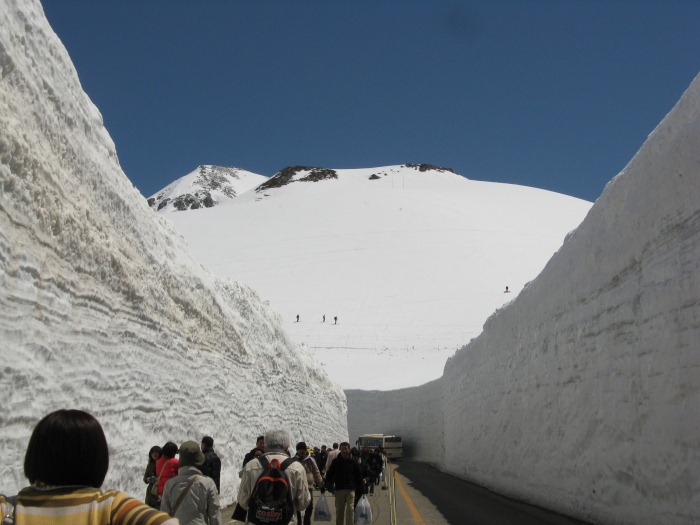
Magnificent Snow Corridor.
The Riverside Town, Gujo Hachiman
Surrounded by mountain range, Gujo Hachiman is not only beautiful; it is also widelyregarded as a place where olden Japanese cultures and traditions converge. A destination not to be missed by travelers intrigued by history! Meanwhile, it is best to commence one’s journey at the Gujo Hachiman Museum – a gallery that contains a wealth of local artworks and literatures.
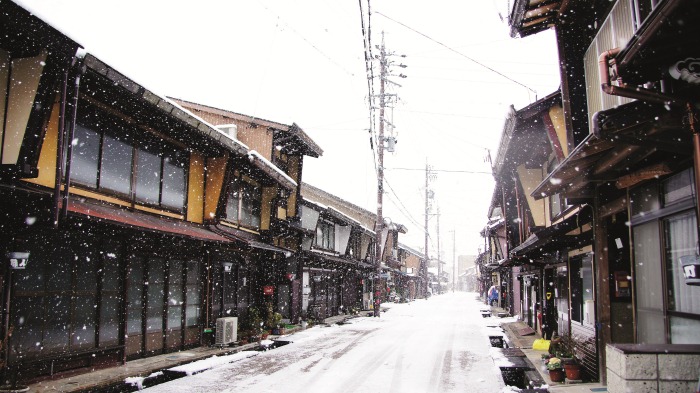
Gujo Hachiman.
GIFU DELICACIES
Ayu fish, a must try delicacy!

Ayu fish, a must try delicacy!
The famous fat-marbled raw Hida beef

The famous fat-marbled raw Hida beef.
OKINAWA
Okinawa is the southmost prefecture of Japan. Okinawa consists of about 160 islands, which are scattered in a wide area (over 350 miles long).
Okinawa’s climate is subtropical, with temperatures barely falling below 15 degrees in winter. The seas surrounding Okinawa’s islands are considered among the world’s most beautiful with coral reefs and abundant marine wildlife. Consequently, snorkeling and scuba diving are among Okinawa’s top attractions.
The Ryukyu Kingdom flourished for over 400 years from the 15th century. Japan integrated thchanged the name of the islands to Okinawa prefecture in 1879.Till now, Okinawa conserves its unique traditions from the Ryukyu Kingdom,including the language, arts,and music.

Okinawa conserves its unique traditions from the Ryukyu Kingdom,including the language, arts,and music.
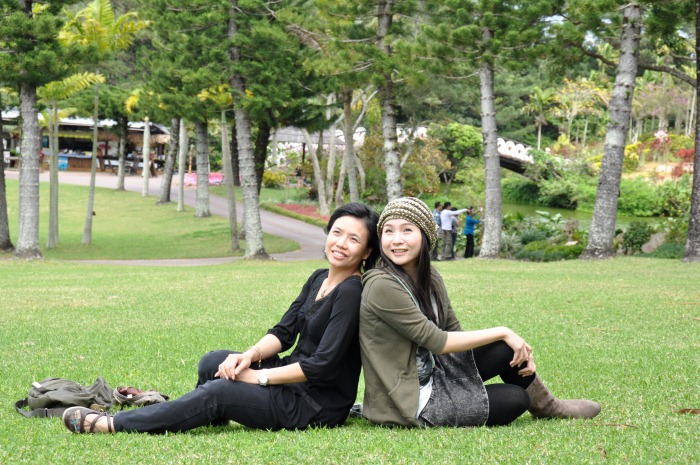
Okinawa’s climate is subtropical.
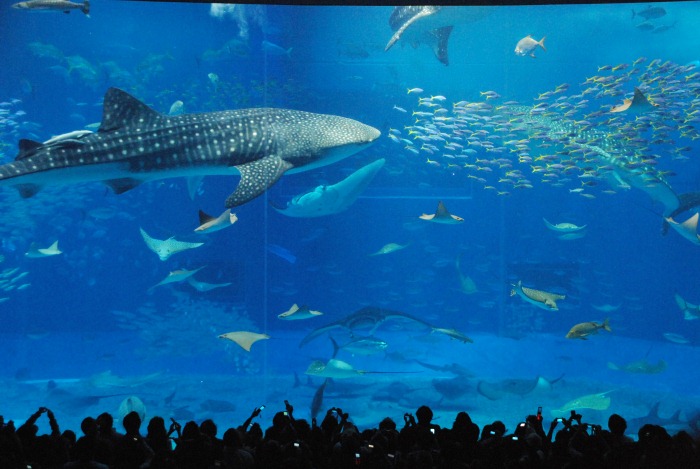
Okinawa Churaumi Aquarium, one of the world’s largest aquariums.
ESCAPE Magazine 2011 December Issue

page 57

page 58

page 59
全球超过80000家酒店,Apple101助您轻松订房,出行无忧,绝对优惠价。入住期间付款,多数客房可免费取消!
